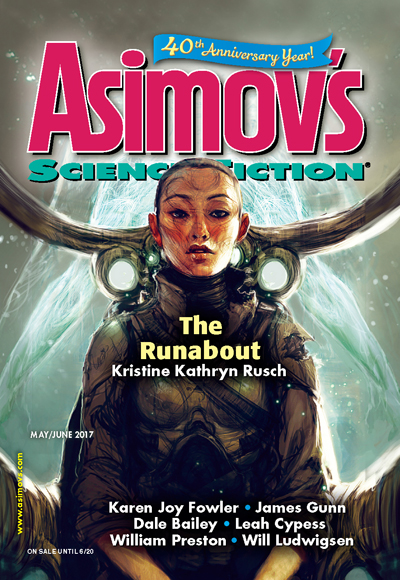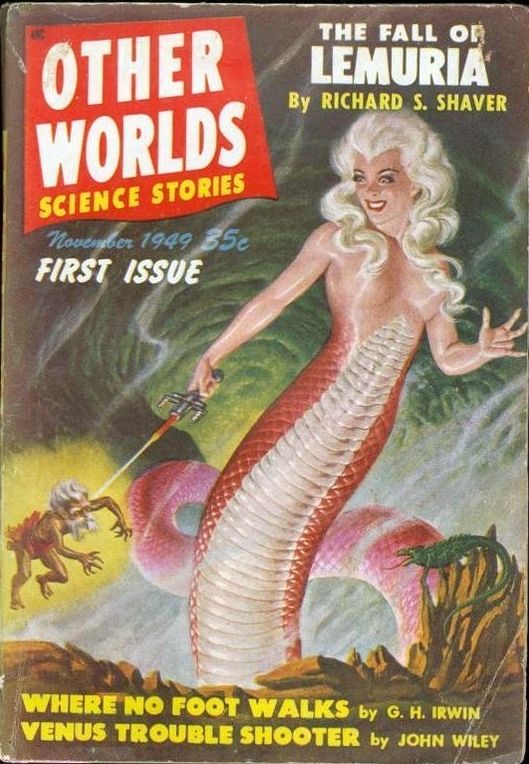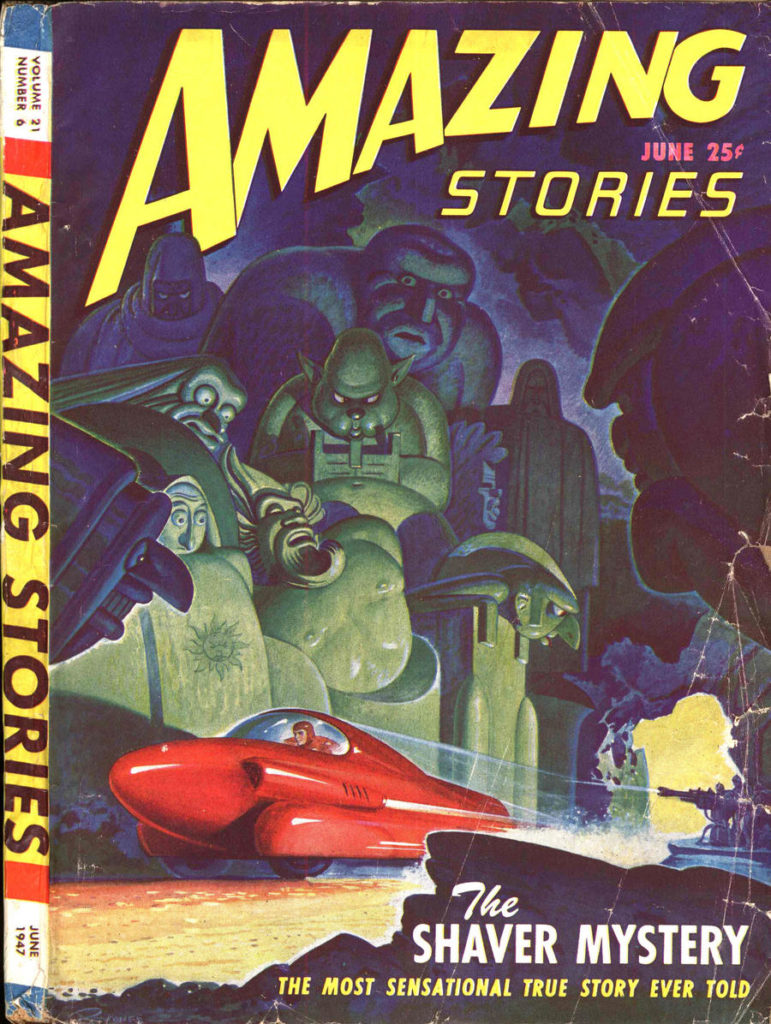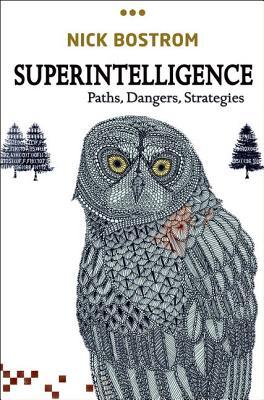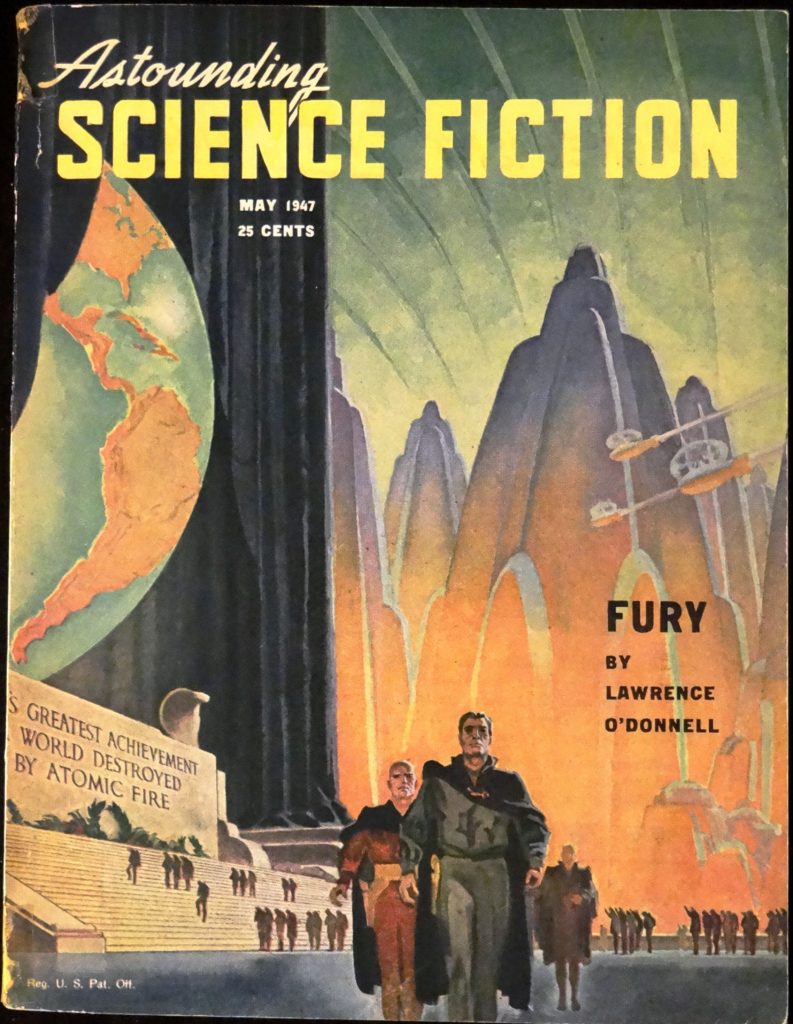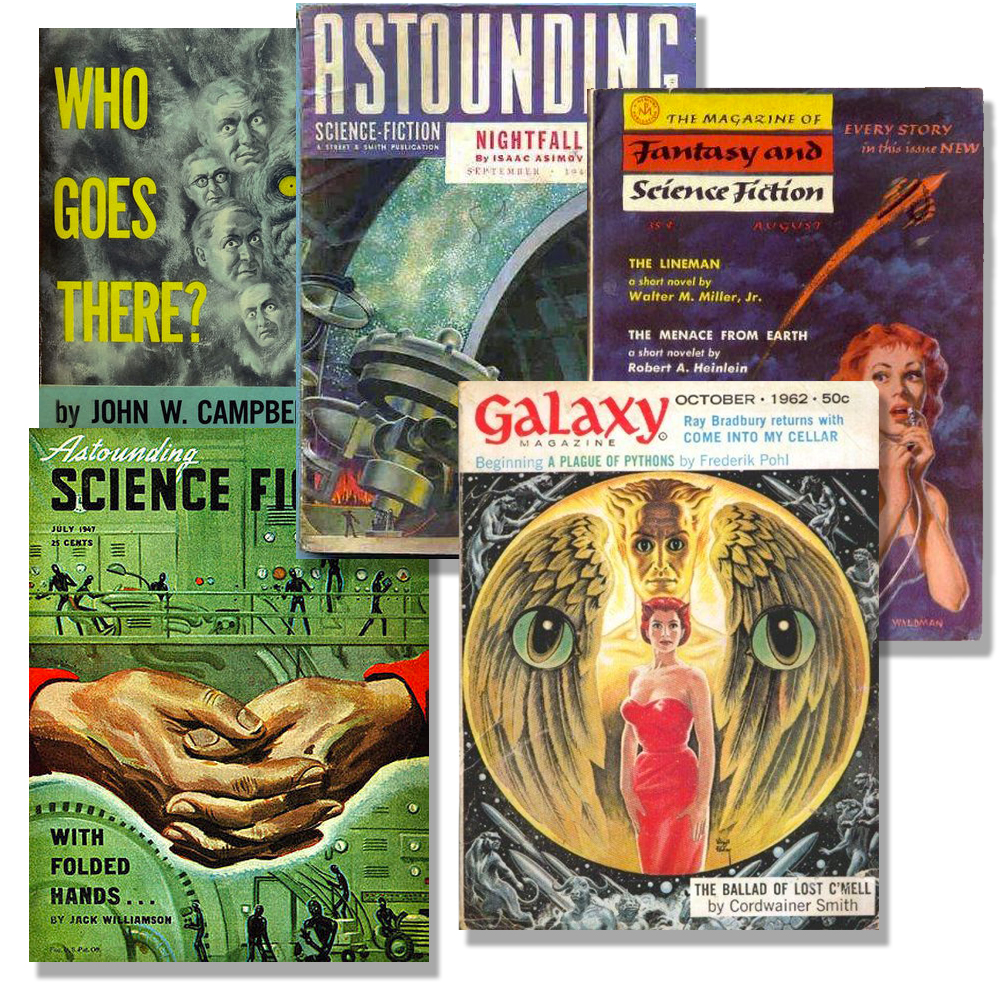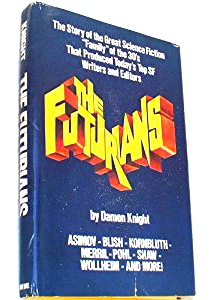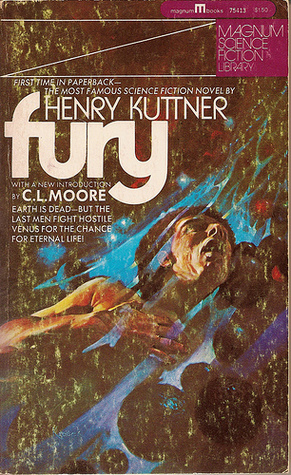 “It’s never right. Violence is never the answer,” my wife said.
“It’s never right. Violence is never the answer,” my wife said.
“But what if—”
“Never, ever, ever ever—”
“But what if—”
“NEVER, NEVER, NEVER—”
“OKAY! I get it! I get it.”
My wife is breathing heavily through flared nostrils. I won’t let it go.
“You know Ghandi said the Jews should commit mass suicide? To draw attention to the holocaust? And then, the great powers would be forced to—”
My wife knows this; we’ve had this argument before, and she knows what’s coming so she says, for the first time, “Yes. That’s it. They should have done that. Kill themselves.”
“Killed themselves? But that’s bullshit! Right? That wouldn’t have worked—”
“Never okay to kill! Never okay to kill! Never. Okay. To. Kill—”
“Got it,” I said. Partially deflated. “Turn the other cheek. That’s one idea. But I don’t feel it. It doesn’t feel right. There has to be a point where you have the right to defend yourself.”
My wife sighs. She’s done.
“They want to kill our kid. I can’t let them do that.” I have a kid in a targeted population. We do, in fact. My wife drives my kid everywhere, at night, because she knows, they want to kill him, and the less he’s walking around in the open, the better.
The conversation is over.
What has emerged over the years is that I am wrapped around a burning core of anger at the world, at the world as it is, because of the world that could be. The needless sectarian strife based on fairy tales. The needless damage to global climate created by greed, with sustainable tech within reach. Needless starvation in a world with ample food and water.
Did you know that every problem on Earth can be solved with 20% of the global military budget? Everything? Climate change, infant mortality, global healthcare, immunize EVERYBODY, fix everything, everything, EVERYTHING?
Did you know we were reading about greenhouse gas climate change in science fiction–in the 60s?
So when is it okay, to punch the Nazi?
Punch him too soon and you risk making him stronger. His narrative, that the degenerate people are too powerful, the perverts and dark-skinned, are out of hand, threatening the pure white heartland. That the cruel and vindictive, fact-based community has it in for the common (white) man.
Punch too late, and you’re locked in a shower pounding tile while the zyclon-B hisses through the nozzles, and before you go under you get to watch your kids die.
I think my wife is right, at the moment. It’s not nazi-punching time. We’re still in the talking phase, the persuasion, the war of ideas phase.
But here is the thing about me. I have never been in a real fist fight in my life. Do you know why? Because I never stop talking. In the heated arguments I have had with the forces of evil I win; I always win. I always out-argue my opponents. So I never notice when the sucker punch is coming. Because I don’t think my opponents are that stupid. That evil. That bankrupt.
I’ve been cold-cocked. Twice.
So I KNOW I’m bad at figuring out that moment. I’ve been bad at it my whole life. I’m not a coward, or at least, I don’t know for sure that I am. I just don’t know exactly when the fighting starts. Because I believe in the marketplace of ideas, in reason, in debate, in democracy. But the rising waves of stupidity are literally eating up our shorelines. The US has just abandoned its role of world leader; we’re now the world’s bargainers, led by Mr. Pussy-grabber “I won’t pay a lot for that muffler.”
A group of GOP senators, after being shot yesterday, and shot at, are now eager to get back to legislating… to make sure that there are more and more guns in everyone’s hands. Because, after being shot, they simply double down on their stupid ideas, that the data simply don’t support.
I watched the GOP SCOTUSS steal the country in 2000. I watched the world almost crumble as a result. And now, after another electoral college fluke–after another suspicious election–we stand poised to wreck the world again.
When do we punch the Nazis?
The second after they start punching us. But before we’re lying cold cocked on the floor.
The timing will be tricky.
